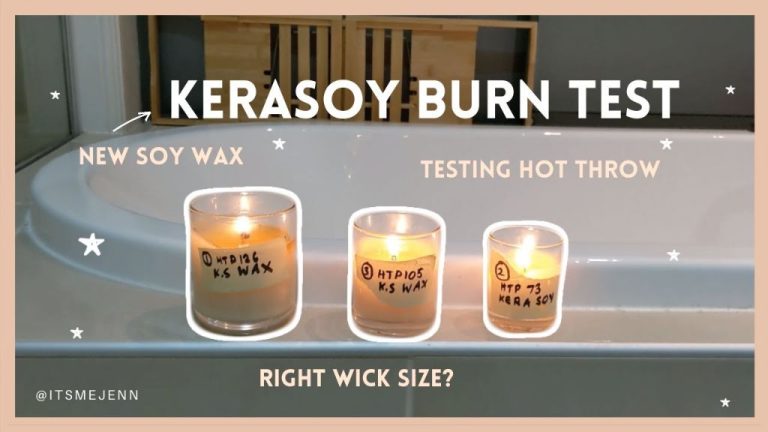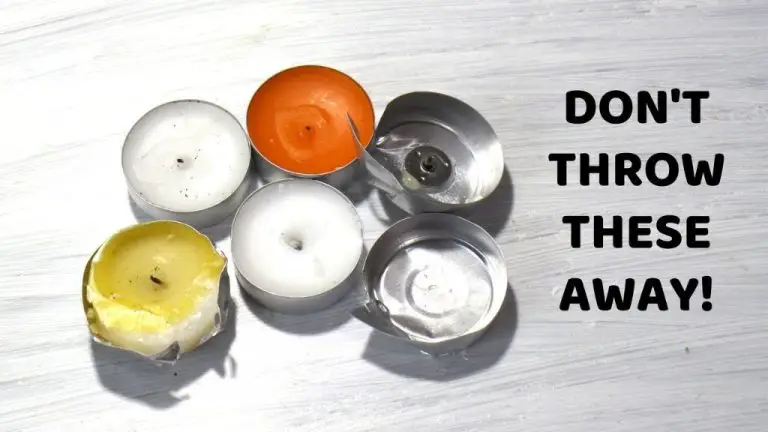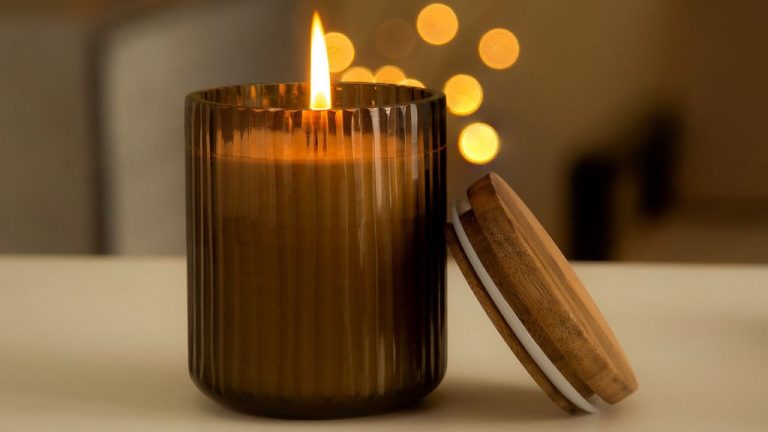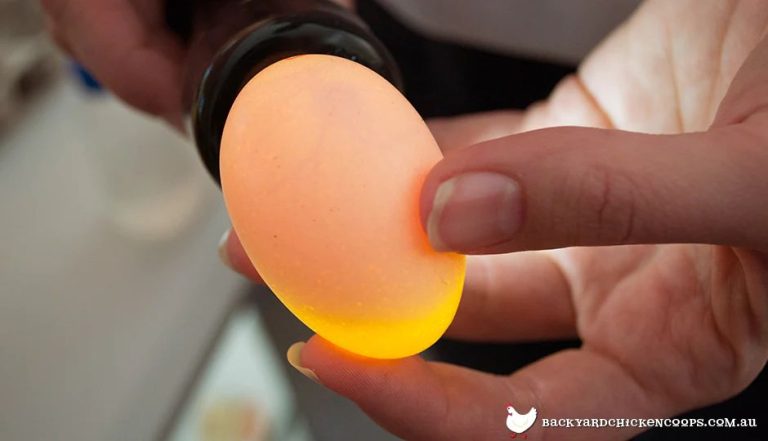When Did Candles Get So Expensive?
The Rising Prices of Candles
Walk into any store these days that sells candles, from Bath & Body Works to Yankee Candle to your local craft shop, and you’ll immediately notice something: candle prices have gone up. Sometimes way up. What used to be an affordable little luxury for many people has increasingly become a splurge item. Where candles were once a casual purchase you’d throw into your cart without thinking much about it, now you might pause and wonder if it’s worth the extra money. So what’s behind the rising prices?
Increased Costs of Wax and Fragrance Oils

The price of wax, one of the main ingredients in candles, has been rising steadily in recent years. According to Kline Group, the average price of low-melt fully refined paraffin (FRP) wax was more than 50% higher in 2022 compared to 2019 levels (https://klinegroup.com/wax-market-trends-shifting-supply-and-demand-dynamics/). This is due to shifting supply and demand dynamics. Tight supply has led to increased competition and higher prices for wax.
Similarly, fragrance oil costs have also gone up. Fragrance oils are complex blends of essential oils, absolutes, carriers, and fixatives that give candles their scents. The costs of these raw ingredients have risen, driving up the price of fragrance oils. For example, some essential oils like rose and jasmine are very expensive. As the costs of these key ingredients increase, fragrance oil suppliers have to charge candle makers more (https://www.linkedin.com/pulse/fragrance-wax-melts-market-growth-trends).
Higher Labor Costs
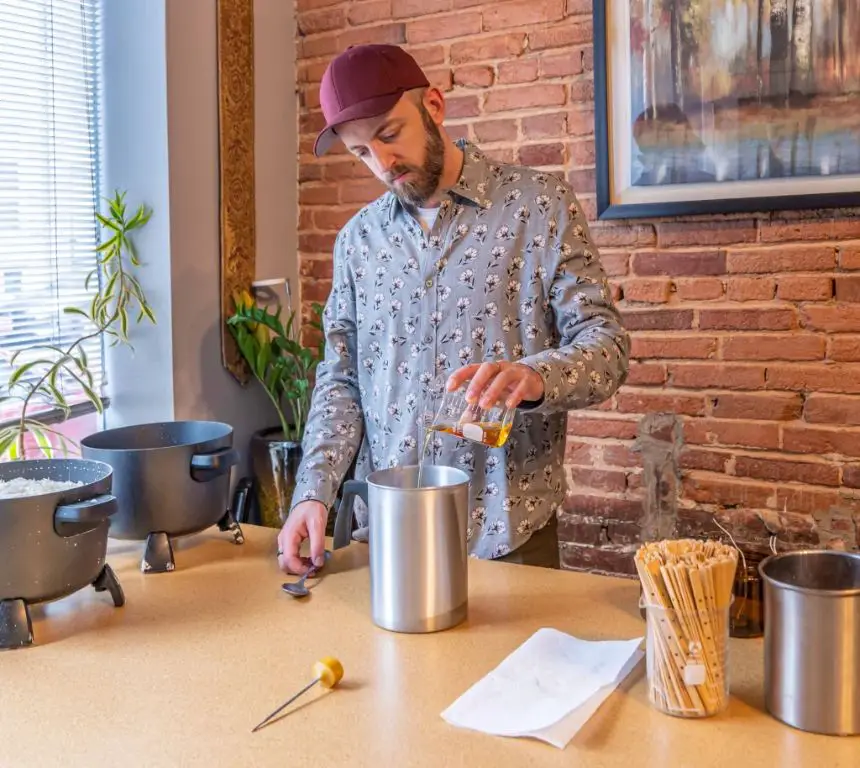
One factor that contributes to the increasing prices of candles is higher labor costs. Most quality candles are still handmade in small batches. This handmade process requires skilled workers and artisans. According to Salary: Candle Maker in United States 2024, the average salary for a candle maker is $45,739 per year in the US. As inflation rises, wages for candle makers also increase to retain skilled workers.
Candle making is labor intensive. Each candle requires hand pouring each individual candle, arranging the wicks, and creating unique scents and designs. This meticulous process cannot easily be automated, so wage costs remain high. With more demand for specialty and luxury candles, there is pressure to pay workers sufficiently for their time and expertise.
In addition to inflation, the wages of candle makers have risen due to increasing demand for handmade, small batch candles. Consumers are willing to pay more for high quality, so companies invest in expert candle makers who can justify the higher prices.
Shipping and Logistics
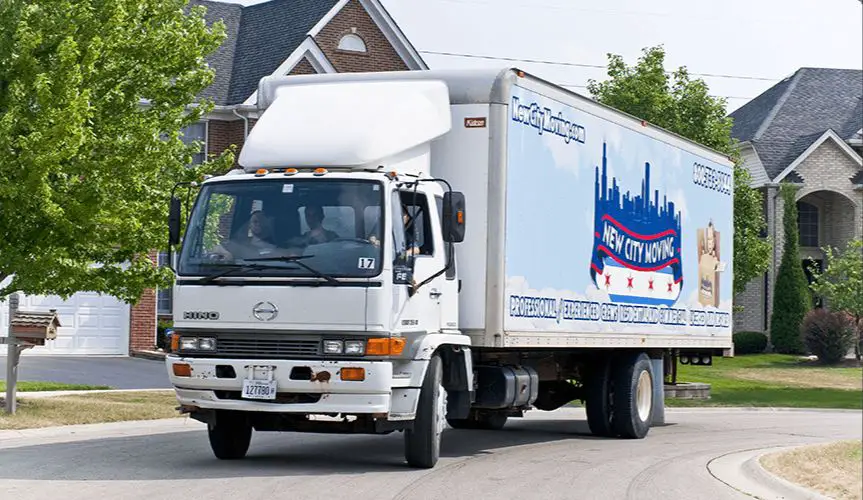
Shipping and logistics costs have significantly increased the price of candles in recent years. Fuel prices have risen dramatically, making it more expensive for manufacturers to transport their products. The average price per gallon of diesel has climbed over 60% since 2019 (https://eotwcandleco.com/blogs/news/rising-shipping-costs-threaten-candlemakers-holiday-revenue). This drives up the costs candle companies must pay to ship their wares, and those costs frequently get passed on to consumers through higher candle prices.
Supply chain issues have also contributed to pricier shipping for candlemakers. Bottlenecks at ports and lack of truck drivers have made it more difficult and costly to transport goods efficiently (https://community.etsy.com/t5/All-Things-Finance/Reasonable-Shipping-Prices/td-p/131850257). These supply chain problems often lead to shipping delays as well, which can cut into profits for candle businesses. To offset these challenges, many candle companies have had no choice but to raise their shipping rates and candle prices.
Brand Name Value
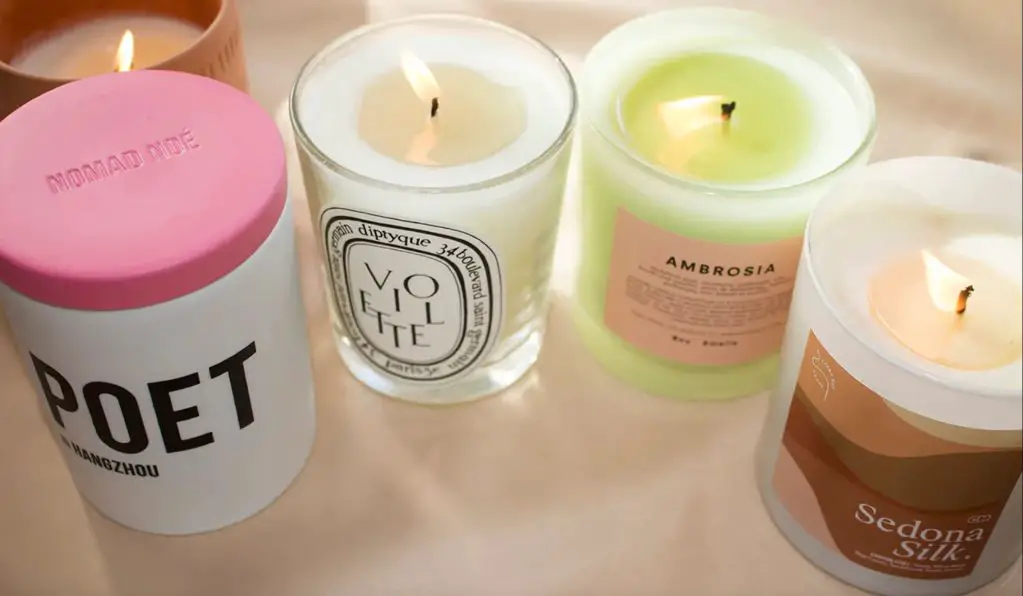
Big brands can charge premium prices because customers are often willing to pay more for the reputation and recognition of an established brand name. According to How to Price Your Candles, brand recognition allows companies to increase profit margins substantially. For example, a candle from a luxury brand like Diptyque may retail for $60-$90, while the materials and production costs may only account for $15-$20 of that price. The customer is paying a premium for the prestigious branding and product perception associated with that brand name.
Likewise, a Reddit discussion on r/Candles highlights how customers knowingly pay higher prices for brands like Jo Malone, Nest, and Boy Smells Do really nice candles have to be so expensive?. The reputation and esteem associated with the brand drives consumers to purchase at luxury price points. The brand value holds significant weight in determining the retail pricing.
Specialty Ingredients
Modern consumers have come to expect more from their candles and home fragrances. Many candlemakers now use unique or natural ingredients that cost more than standard paraffin wax and synthetic fragrance oils. Common examples include soy wax, coconut wax, beeswax, and essential oils. These natural waxes and oils garner higher prices due to limited supply and higher production costs. Blending them into custom scents also requires extra labor and expertise. All of these factors raise the retail price of specialty candle brands using distinctive ingredients and formulas.
Retail Markups
Brick-and-mortar stores need to make a profit on the products they sell, which often means significantly marking up prices from wholesale. Physical stores have much higher overhead costs compared to online retailers, including rent, utilities, staffing and other expenses. To cover these costs and remain profitable, stores typically markup products 2-3 times the wholesale price or more.
For example, if a store buys candles wholesale for $5 each, they may retail them for $12-15. Most retail stores aim for 100-200% markups on wholesale prices. This allows them to not only cover operational costs, but also make a reasonable profit margin on each product. For luxury or specialty candles using higher quality ingredients, the markup is often even greater. So consumers visiting candle shops should expect to pay significantly more than the base cost to manufacture the candles.
As a small business, you generally want a 4-5x markup between your own candle costs and the retail price. This allows 2-3x markup as your product moves through distribution channels before the end consumer purchases. Building adequate margins into your pricing is crucial for profitability (source).
Packaging
Another driver of increased costs for candles is the luxury and ornate packaging many brands use now. As cited from Your Box Solution, candles often come in elaborately designed boxes, wrapping paper or other containers that add expense. Custom packaging with branding and designs printed on it costs more than plain generic packaging. According to
Taxes
One factor that contributes to the rising prices of candles is taxes. Candle manufacturers and retailers must pay various taxes that get passed on to consumers in the form of higher prices.
One major tax is sales tax, which gets added at the point of sale. In most U.S. states, sales tax on candles is around 5-10% of the retail price.1 This extra cost gets passed directly to consumers.
Candle businesses also pay various federal, state, and local taxes like income tax and property tax. These business taxes often get calculated into the retail price paid by consumers.2 So taxes levied on candle companies ultimately make candles more expensive at the store.
Conclusion
In recapping the major reasons for increasing candle prices, several key factors stand out. First, costs for key candle ingredients like wax and fragrance oils have risen substantially in recent years. With wax prices up over 50% since 2020 and fragrance oils up 30-40%, candlemakers are passing those costs onto consumers. Similarly, higher labor costs have contributed to price hikes, as hourly wages are up across the manufacturing sector.
On the distribution side, pricier shipping, logistics, and retail markups have also pushed candle prices upward. As e-commerce has grown, the costs associated with shipping individual orders rather than bulk shipments have risen dramatically. Brick-and-mortar retailers have increased their margins on candles to remain profitable amidst retail sector challenges. Even product packaging and taxes factor into the higher prices today’s consumers see on store shelves.
Looking ahead, candle prices are projected to continue increasing at a rate of 2-4% annually over the next 5 years. Wax and fragrance oil costs show no signs of abating, while broader economic trends point toward sustained inflation across consumer goods. While growth in candle prices may moderate if shipping and logistics costs decline post-pandemic, most industry analysts expect the days of $5 Target candles to be squarely in the past. Consumers passionate about candles will likely continue paying up for their favorite scented products.

